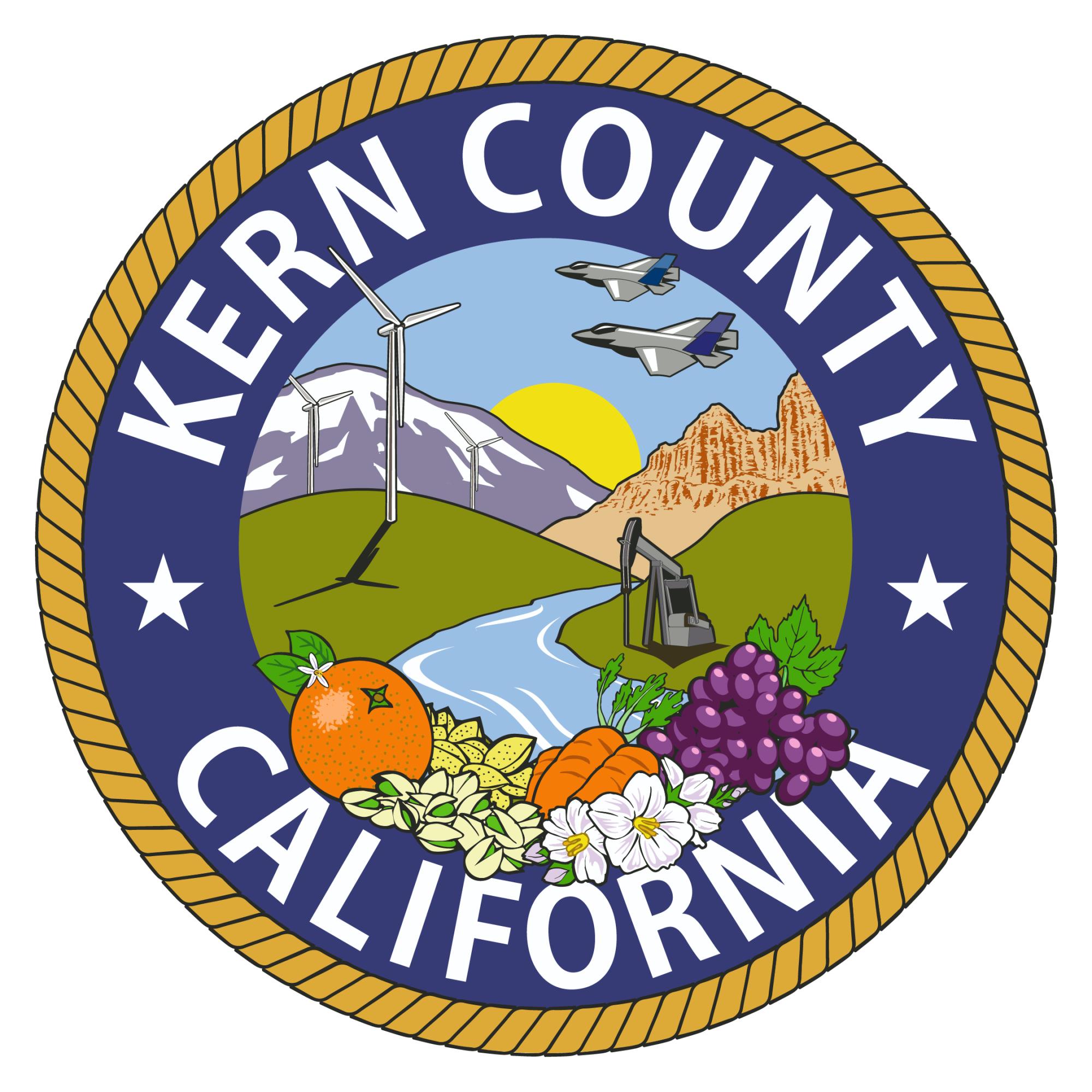By John V. Ciani
Assembly Bill 2019, sponsored by Assembly member Vince Fong (R-Bakersfield) is headed to the Assembly Education Committee.
The Assembly Higher Education Committee, at its meeting Tuesday, voted 8-0 to move the bill on following a hearing in Sacramento.
Joining Fong at the hearing were Kern County Superintendent of Schools Chief Government Relations Officer Carlos Rojas and Sands Unified School District Superintendent Dr. April Moore.
Fong said for many high school students, attending college is only made possible through community colleges, which begins with allowing students to enroll both in high school and college courses.
“Higher education allows economic and financial mobility especially for disadvantaged students, and many schools have realized the benefits providing higher education opportunities and have stepped up by partnering together with their local colleges to expand dual enrollment,” he said. “Dual enrollment programs are tried and true ways to open more doors to California.”
Fong said students and administrators in the Central Valley are often faced with issues of funding, scheduling, and the sheer distance between school sites.
“This bill helps remedy these problems so students can take full advantage of educational opportunities,” he said. “This bill seeks to aid students who wish to take full advantage of early- and middle-college programs that use the school within a school model meaning high school students can take community college classes on their own traditional high school campus, often in a smaller cohort of students who schedules are strategically arranged to allow for substantial college credits to be earned. “Whether they are taking college courses on a college campus or at their own local high school students who show initiative to achieve higher education goals should be given the opportunity.”
Rojas told the committee a study by the Public Policy Institute of California in 2021 showed participation and outcomes vary across racial ethnic groups.
“In general, black and Latino students are underrepresented and have lower grade point averages and earn fewer units than students and others other student groups,” he said. “Promoting dual enrollment participation success among historically underrepresented groups is vital and is key and is exactly what AB 2019 aims to do.”
He said four of the nine California Exemplary Dual Enrollment Award recipients were in Kern County in 2023, and all have a high concentration of Students and students of poverty who have historically been underrepresented and doing long programs in these schools.
“It makes sense to have a school wide comprehensive dual enrollment program,” said Rojas. “However, as schools where students who have been historically underrepresented make up a smaller percentage of the student population, AB 2019 would create a system in which underrepresented students. Schools could also benefit from the dual enrollment while adhering to the same instructional minute requirements currently in statute for early and middle college high schools through participation in early and middle college programs or schools within the school.”
He cited California Education Code Section 11302 which states that early college high schools are innovative partnerships between charter or noncharter public secondary schools and a local community college, the California State University, or the University of California that allow pupils to earn a high school diploma and up to two years of college credit in four years or less. Early college high schools are small, autonomous schools that blend high school and college into a coherent educational program. In early college high schools, pupils begin taking college courses as soon as they demonstrate readiness and the college credit earned may be applied toward completing an associate or bachelor’s degree, transfer to a four-year university, or obtaining a skills certificate.
“AB 2019 codifies the programs already in existence and simply provides the same instruction manual flexibility for all students participating in these dual enrollment programs,” said Rojas.
Moore said existing programs are already in place.
“They’ve been in place for over a decade and they’re finding success, so building off those models, and with the budget trailer of the Budget Act of 2022-23 funding for the dual grants in round one has been received and round two was just applied for last month,” she said.
Moore said more than 50 percent of the grantees that applied for the middle college early college grants are planning to start or expand programs such as these.
“However, they’re expecting to have the same flexibility that these programs have been implementing, and it’s important for us to codify that as well,” she said.
She said Sierra Sands, in consultation with and partnership with Cerro Coso Community College, is planning to start a middle college program on the college campus.
“It’ll be a school within a school, and part of one of our existing schools on the campus, and this bill that flexibility provided is going to be critical for us and for our students to be able to take substantial college classes while getting the high school support,” Moore said.
She said a public hearing was held Nov. 6 on the state of dual enrollment in California, and a question was asked on what the barriers for dual enrollment expansion on the K-12 are side of the house.
“Unfortunately, I and my colleagues weren’t aware of the hearing in time to be with you in person but wanted to share this as one of those barriers,” she said. “The instructional minute requirement that we’re trying to address in this bill to remove that so that our schools and programs can expand and serve more students.”
California Coalition of Early and Middle Colleges Executive director Melissa Madigan and Board president James Espinoza, who is also a principal of a middle college high school in San Bernardino at San Bernardino Valley College also attended the hearing.
“They’re supporting us as Sierra Sands a new middle college program in their very large district because of the need,” said Moore. “They have a standalone middle college. It’s full, it has a waiting list, and they want to support more students. So, we’re finding this model with the supports with everything we could package as successful.”
Tri-Valley Regional Occupational Program Superintendent Julie Duncan said her district in Livermore runs a middle college high school program.
“I want to just make sure that the trailer bill language we recognize, if we’re going to do it broadly with early college as well, what are the minimum units to be considered for that?” she asked. “I want to make sure that all forms of the programs are supported by all industries, county offices of education, and K-12 school districts, ROP’s with joint powers authorities within those school districts. So, I just want to make sure we’re part of that conversation. There are many of us state that also have that.”
Committee member Al Maratuchi, who also chairs the Education Committee, asked how the proposal will ensure the program will function as intended without the abuses.
Moore replied that the California Department of Education is ahead of the game on this. “Last spring they were planning to change their audit guidelines to audit,” she said. “If we don’t pass, the existing schools will get a 25-percent fine because of the interpretation of the Ed code. So yes, they will be audited.”
She said the existing audit takes place for all the schools, for the standalone middle college and other college high schools.
“That audit checks their minutes, and they look at students. I was a middle college principal myself and they check our students. Are they enrolled in both? Are they meeting all the high-school and the community-college requirements? That audit had not been in place for programs, and that is becoming a place,” said Moore. “So, we want the audit that is moving forward. We also just need the minutes to be codified so that they can vote, but they will be audited.”
In closing, Fong said this bill will help prepare students for post-secondary educational opportunities and the competitiveness of the global economy.
“Dual enrollment programs are excellent opportunities for students to take college courses and earn college credits while still enrolled in high school,” he said. “As schools plan to grow dual enrollment programs, AB 2019 will give certainty to students in schools who wish to partake in early and middle college programs to maximize funding and access to classes. Including early and middle college programs in the current framework and adjusting instructional minute requirements will give more certainty to administrators and open new opportunities for students to get a step ahead and pursuing higher education.”
The next hearing is scheduled for Wednesday before the Education Committee in Sacramento.




